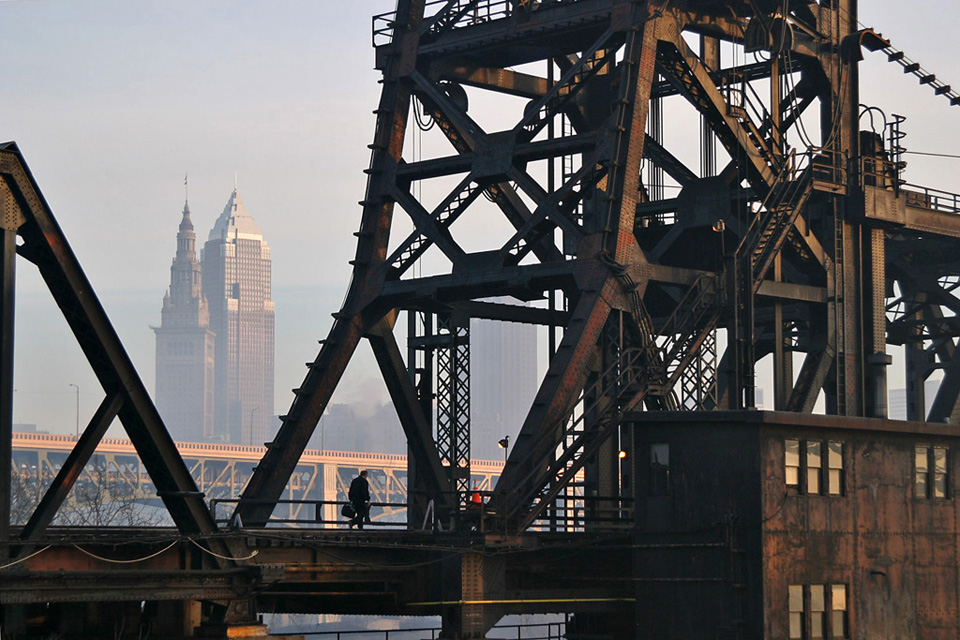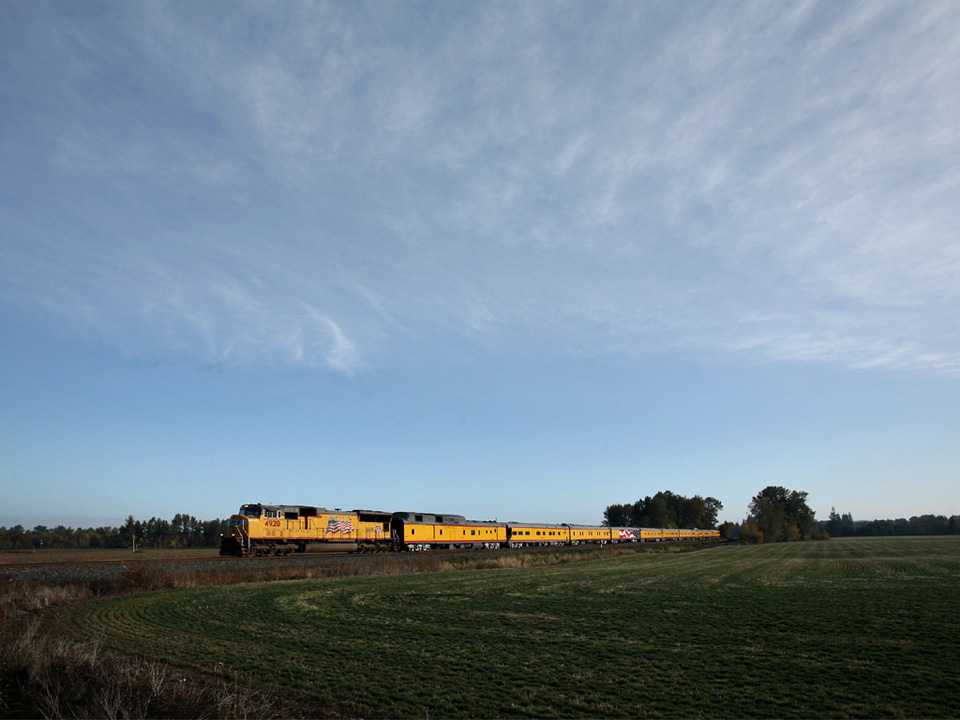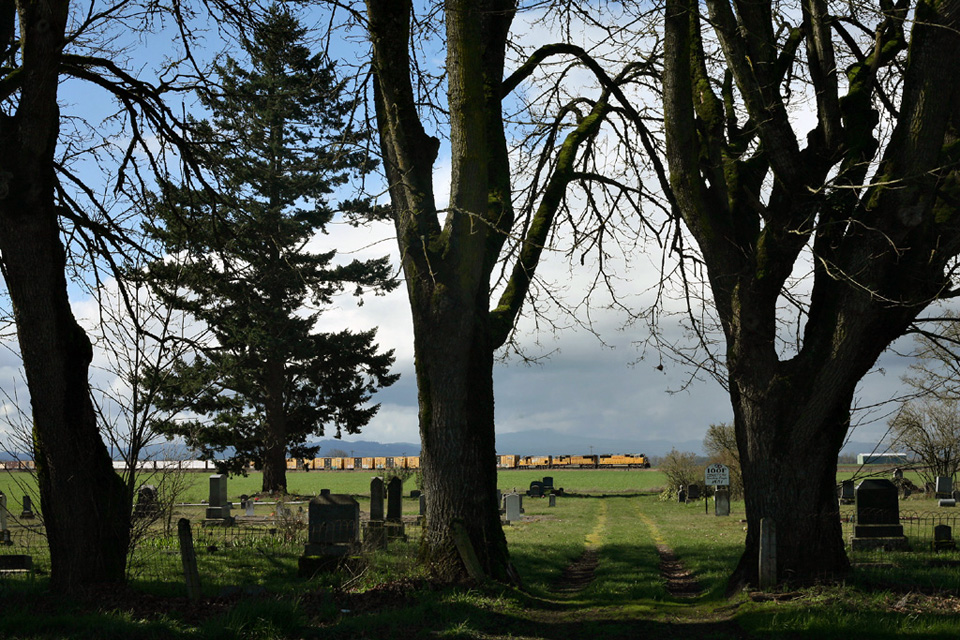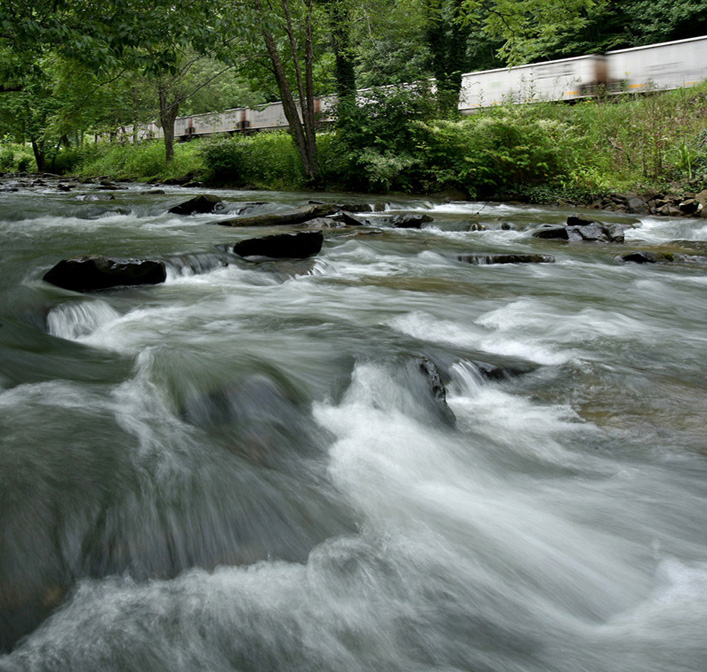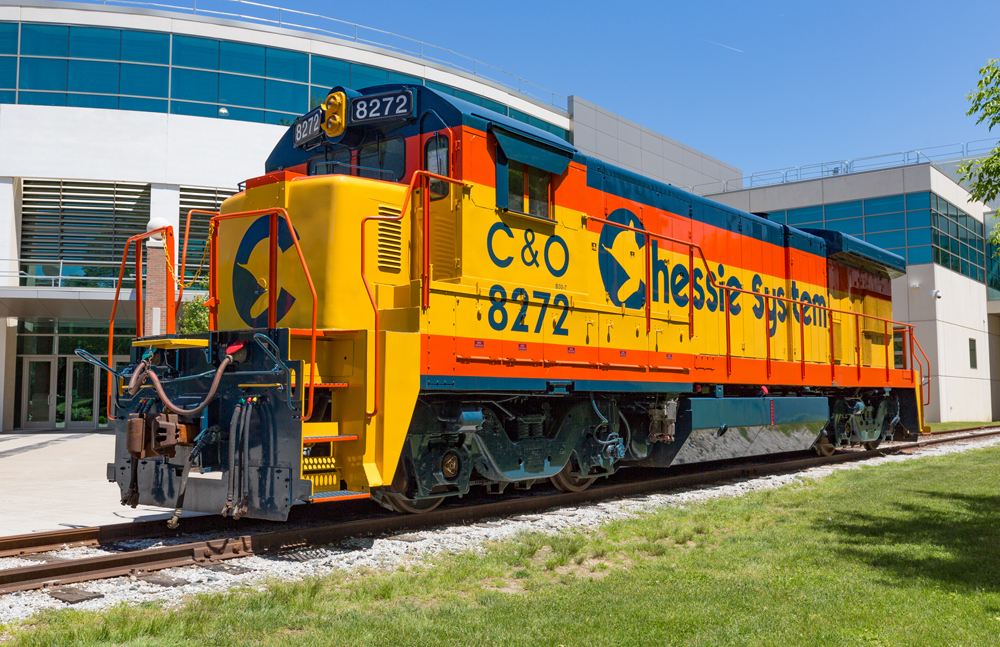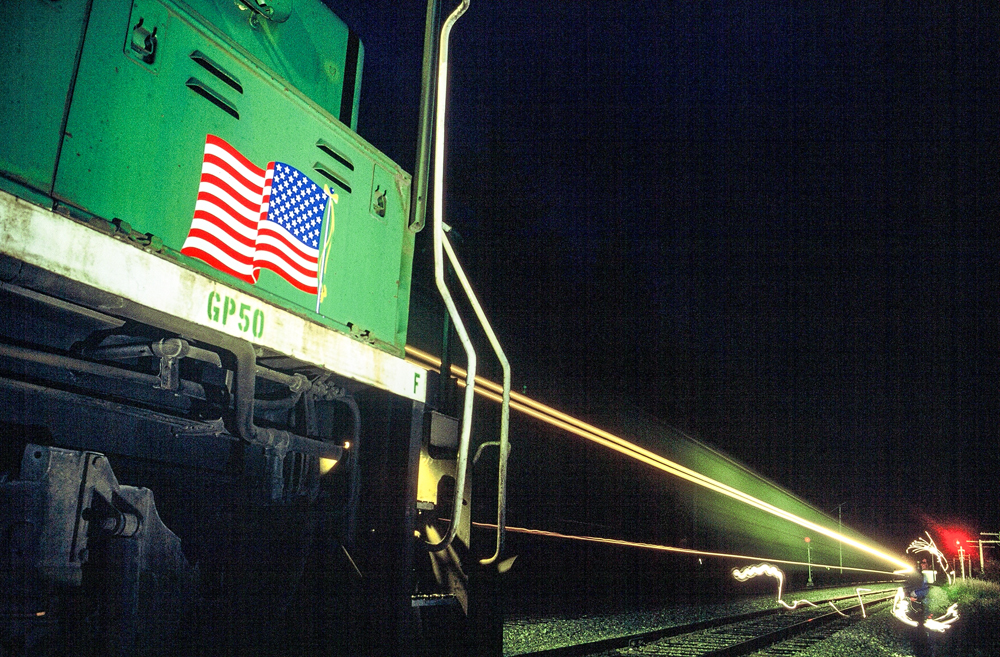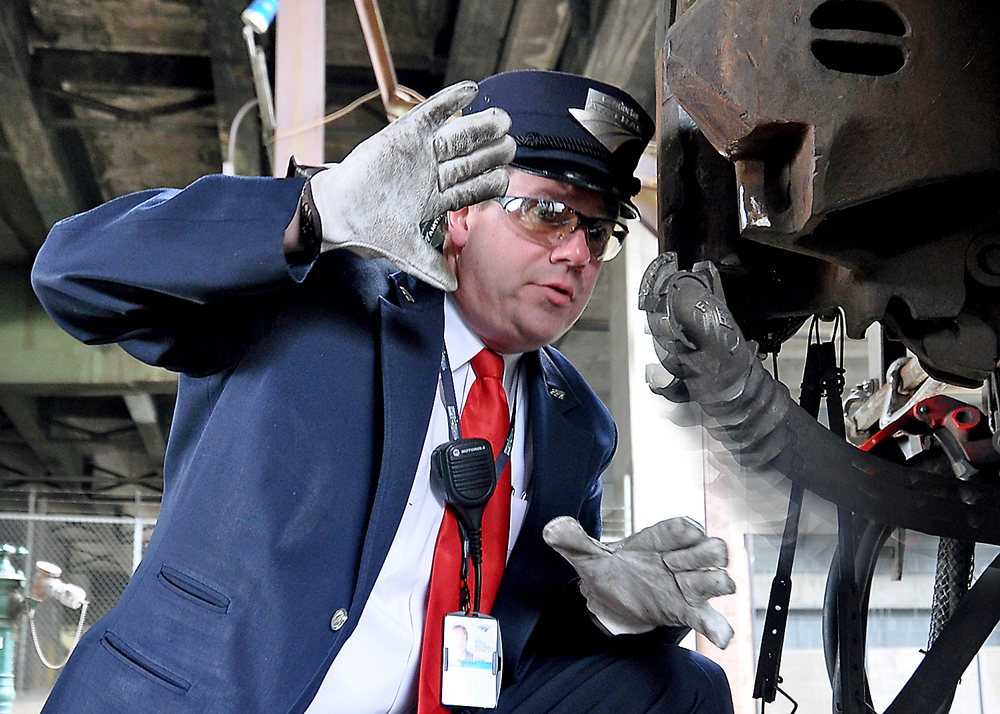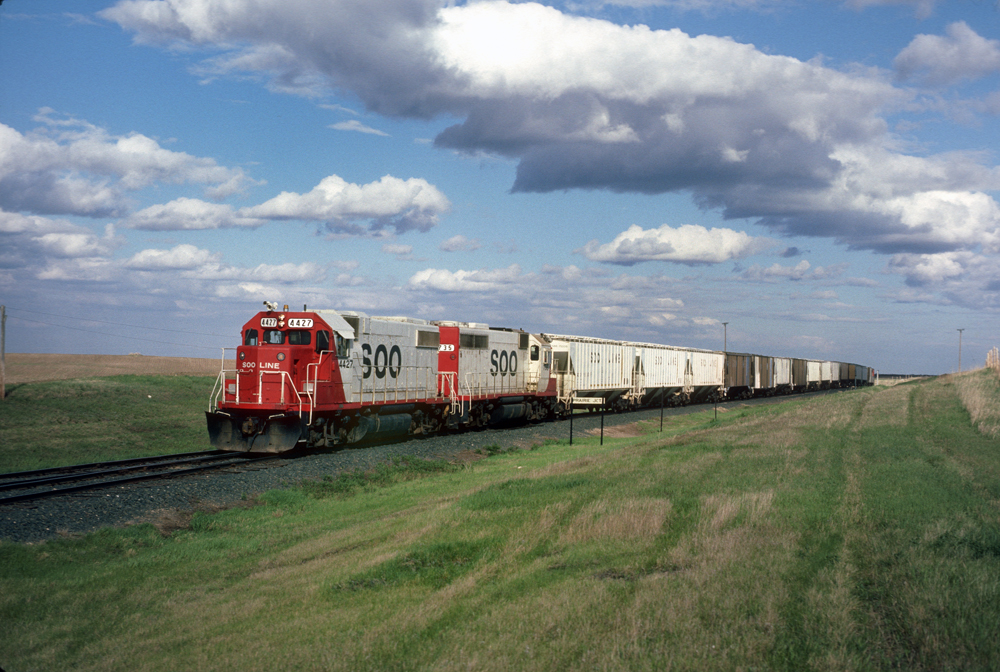The staff at Trains magazine concurs. Senior Editor Matt Van Hattem gave me several examples of his own frustration with this trend, saying, “I don’t know how many times I’ve needed a photo of something like, say, GEs pulling ore trains on the Cartier Railway or Genesis units leading Amtrak trains along the Hudson River. I’ll hear from any number of people telling me how they were there when the Alcos were running in Canada and the FL9s ruled the Hudson Line, and they haven’t been back since. That does us no good at the magazine. For the commercial product I work on, I need to show what’s there today.”
Photos of quotidian railroad operations, equipment, and practices often have more long-term value than photos of the unique and the unusual. Special trains, unique locomotives, derailments and other rare events tend to garner a lot of attention in the short-term, but that buzz fades quickly. When doing research in local archives for historic railroad photos, I almost always find photographs of train wrecks and derailments, but finding a single photo of an “average” train is often impossible. Yet one decent photo of an average train would tell me far more about the history of that railroad than dozens of spectacular wreck photos.
Trains Managing Editor Kathi Kube told me about working on a recent article when one photographer “sent in a ton of really beautiful slides, but I don’t think I was able to use a single one. They all showed foreign power, weird commodities, or something else that just didn’t represent the real railroad.”
Representing the “real railroad” is one of the most important things we can do as railroad photographers, particularly if we want our work to have historic or documentary value. Yet photographing ordinary railroad operations should not be confused with making “ordinary” railroad photographs. Far from it. Rather, photographing ordinary, everyday railroad operations often means breaking away from stereotyped aesthetics and subject matter, shooting at all hours of the day and night, in all types of weather and light, and including even the smallest, most seemingly insignificant details.
If that still sounds boring to you, think of the photographic challenges and opportunities it presents. Speaking from personal experience, I know that I often overlook opportunities for creative compositions or lighting when I get too wrapped up in the subject matter, and that’s easy to do when the subject is something unique or unusual. On the other hand, if it’s “just another SD70 on just another stack train,” that little bit of detachment towards the subject can free my mind to consider all sorts of different photographic possibilities. Indeed, some of my most creative photography comes when I’m trying to find new ways of depicting ordinary subjects.
Photographing unusual railroad events might win you praise at slideshows and get you lots of hits on railroad photography websites, but it may have less lasting value than you realize. Rather than taking the day off from work the next time a rare locomotive or special train visits your region, simply go out when you can and photograph what you see. If you need ideas, check out “Applying the Project-Based Aprroach to Railroad Photography” by Alexander Craghead. Seek to understand the true, day-to-day nature of your local railroad scene and then strive to represent it in your photography.
Trains contributor SCOTT LOTHES is a writer and photographer in Corvallis, Ore. He is project director for the Center for Railroad Photography & Art.





